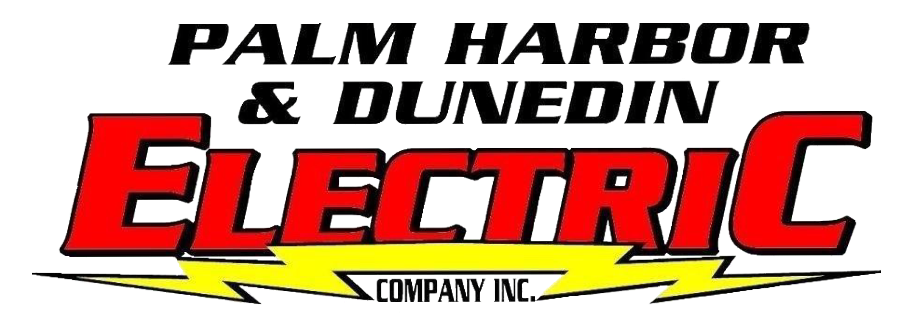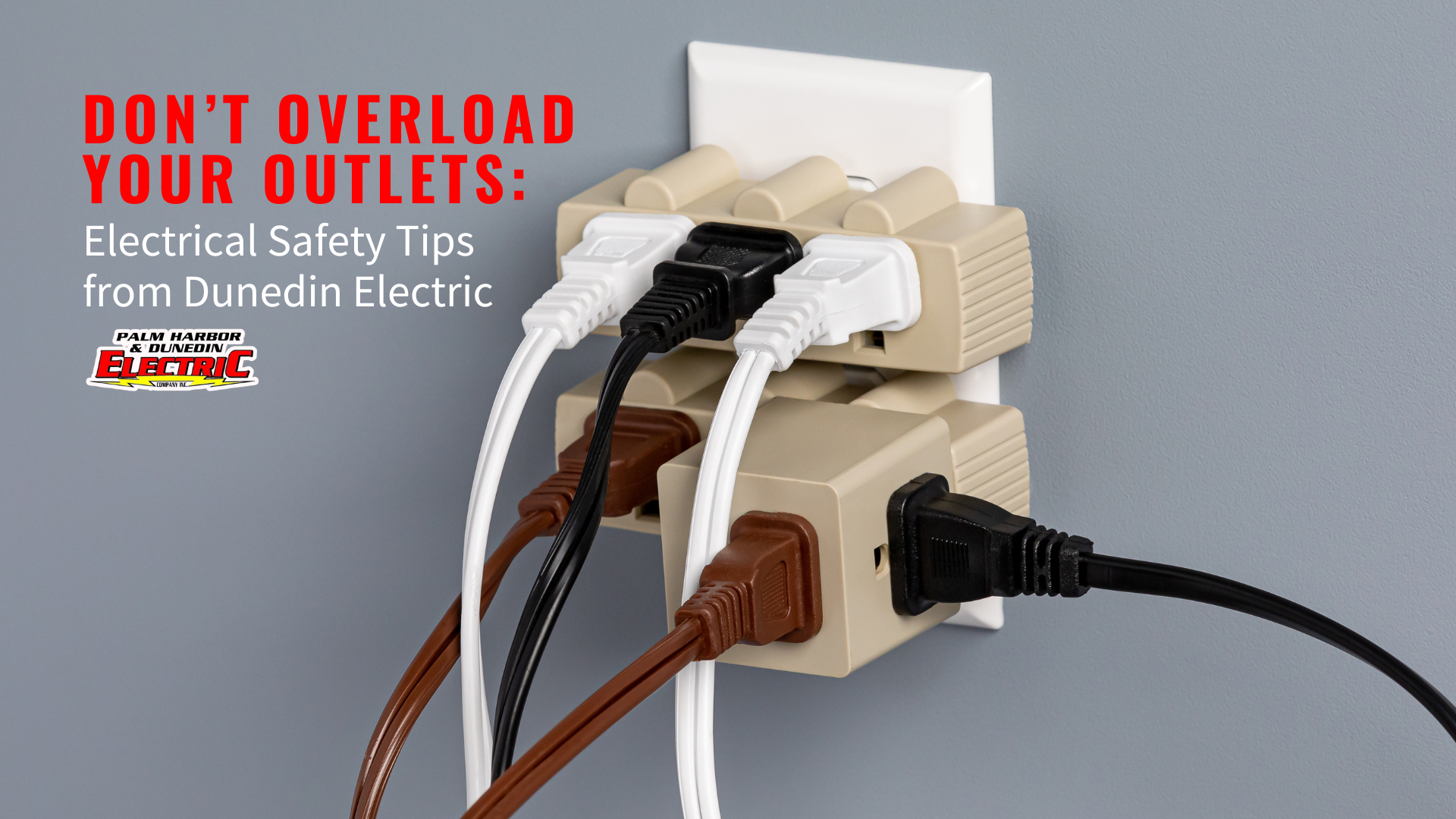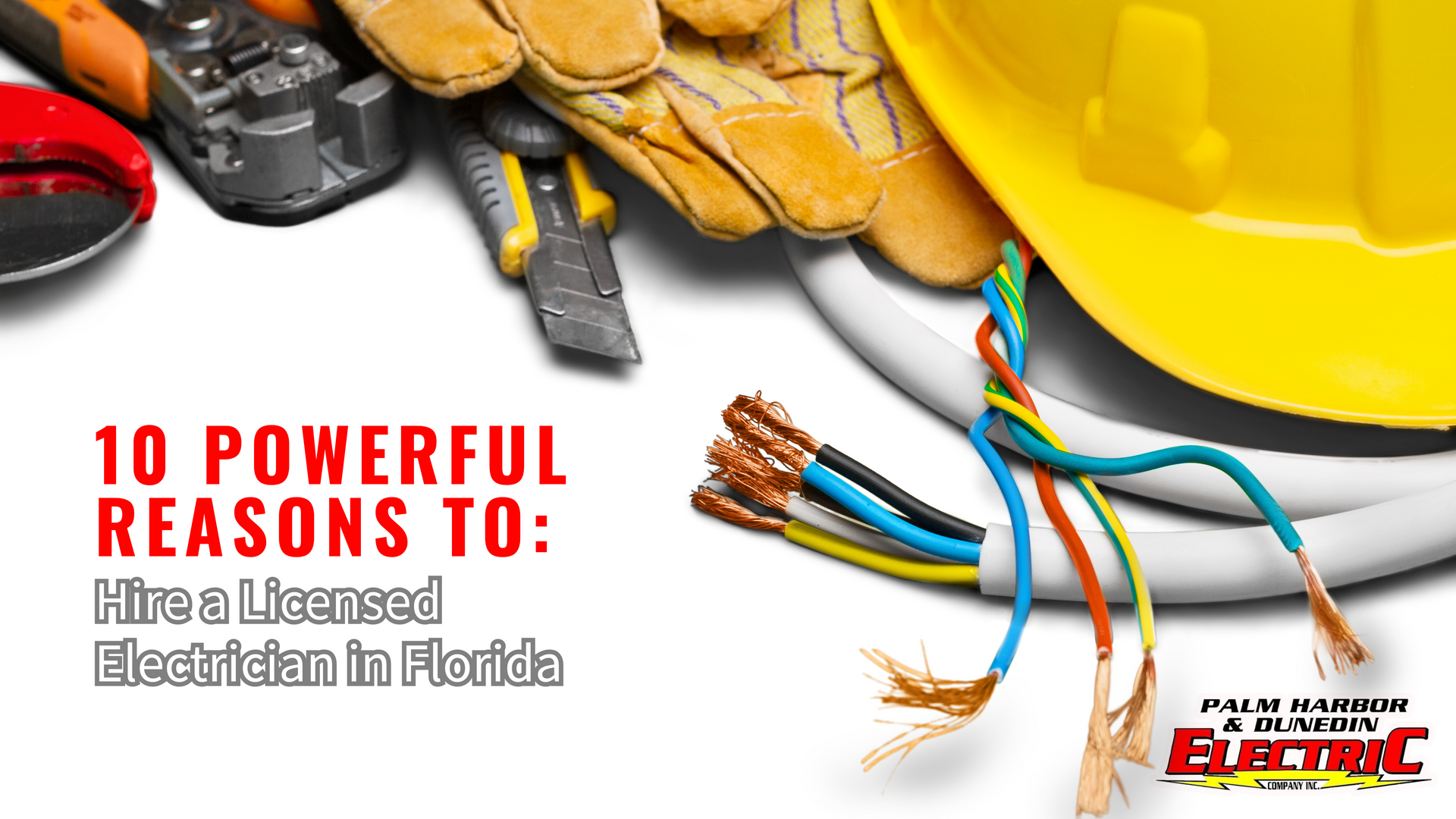Troubleshooting Guide: What to Do When a Circuit Breaker Won't Reset
October 18, 2023
Troubleshooting Step-By-Step Instructions

Introduction:
Circuit breakers are essential components of any electrical system, designed to protect your home from electrical overloads and potential fires. However, there might be instances when a circuit breaker refuses to reset, leaving you in the dark. In this guide, we'll walk you through step-by-step on what to do when faced with this common electrical issue.
**Step 1: ** Safety First
Before attempting any troubleshooting, prioritize safety. Turn off all the appliances and lights connected to the affected circuit. Additionally, make sure you're wearing insulated gloves and, if possible, use a non-contact voltage tester to ensure there's no current flowing through the wires.
**Step 2: ** Locate the Problem
Identify which circuit has tripped by checking your electrical panel. The breaker that has moved from the "on" position to the middle or "off" position is the one that needs attention.
**Step 3: ** Reset the Breaker
Try resetting the breaker by firmly switching it to the "off" position and then back to the "on" position. If it stays in the middle or "off" position, move on to the next step.
**Step 4: ** Inspect for Overloads
Overloads can trip a circuit breaker. Disconnect some of the devices or appliances from the circuit and then attempt to reset the breaker. If it resets, the overload might have been the issue.
**Step 5: ** Check for Short Circuits
Short circuits occur when wires touch each other, bypassing the intended circuit path. Look for signs of burnt or damaged wires near the outlets, switches, or fixtures on the affected circuit. If you find any, you may need to call a professional electrician to repair or replace them.
**Step 6: ** Test the Outlets
Plug in a different device or lamp to the outlets on the affected circuit. If the breaker trips again, there may be a problem with the outlet itself. In this case, consult an electrician to replace or repair the outlet.
**Step 7: ** Inspect the Wiring
If none of the above steps work, you may need to inspect the wiring connected to the breaker. Loose or damaged wires can lead to a tripped breaker. Turn off the main power supply and carefully check for any loose connections, frayed wires, or signs of burning around the breaker.
**Step 8: ** Consider a Professional Inspection
If you've followed all the steps and the breaker still won't reset, it's time to call a licensed electrician. There might be an underlying issue in your electrical system that requires specialized knowledge and tools to fix.
Conclusion:
Dealing with a circuit breaker that won't reset can be frustrating, but following these steps will help you identify and potentially resolve the issue. Remember, safety is paramount. If you ever feel unsure or uncomfortable with the process, it's always best to seek professional help. Your safety and the safety of your home should always come first.
Remember, electrical issues can be dangerous, so if you're ever unsure, it's always best to consult a professional.

Why You Need a Licensed Electrician This Hurricane Season Hey Florida — it’s that time of year again. The sun's shining, the beach days are perfect... and hurricane season is knocking at the door. While we all hope for a quiet season, it’s always better to be safe than sorry — especially when it comes to your home’s electrical system. Whether you’re in Dunedin, Clearwater, Palm Harbor, or anywhere along the Gulf Coast, prepping your electrical setup before a storm rolls in is one of the smartest things you can do. And here's the key: don’t DIY it — call a licensed electrician.
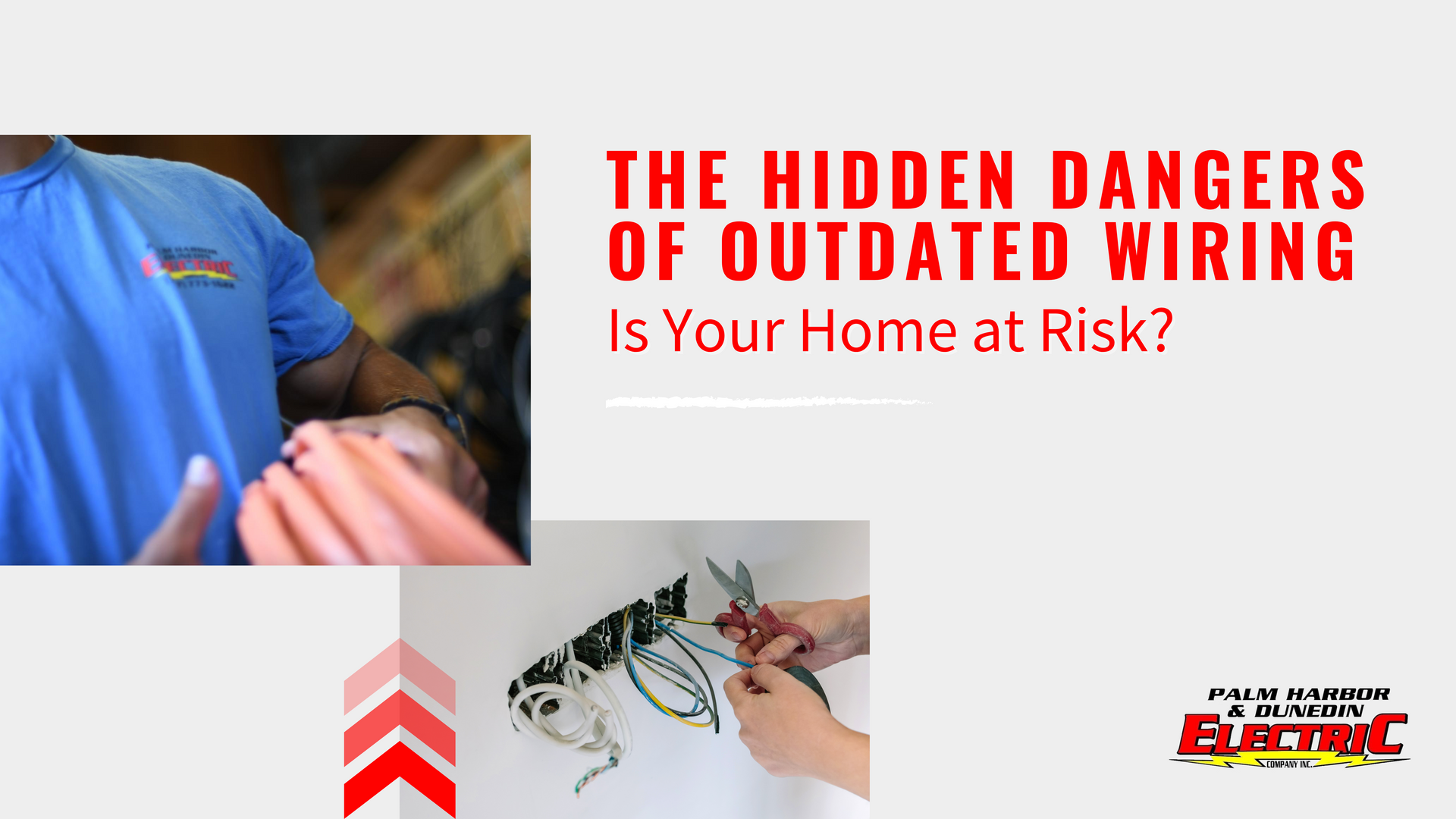
The Hidden Dangers of Outdated Wiring – Is Your Home at Risk? Your home's electrical wiring is out of sight, but it should never be out of mind. If your house is decades old, it may still have outdated wiring that could pose serious safety hazards. Faulty wiring is one of the leading causes of electrical fires, and ignoring warning signs could put your family and property at risk. Here’s what you need to know about outdated wiring and when it’s time for an upgrade.
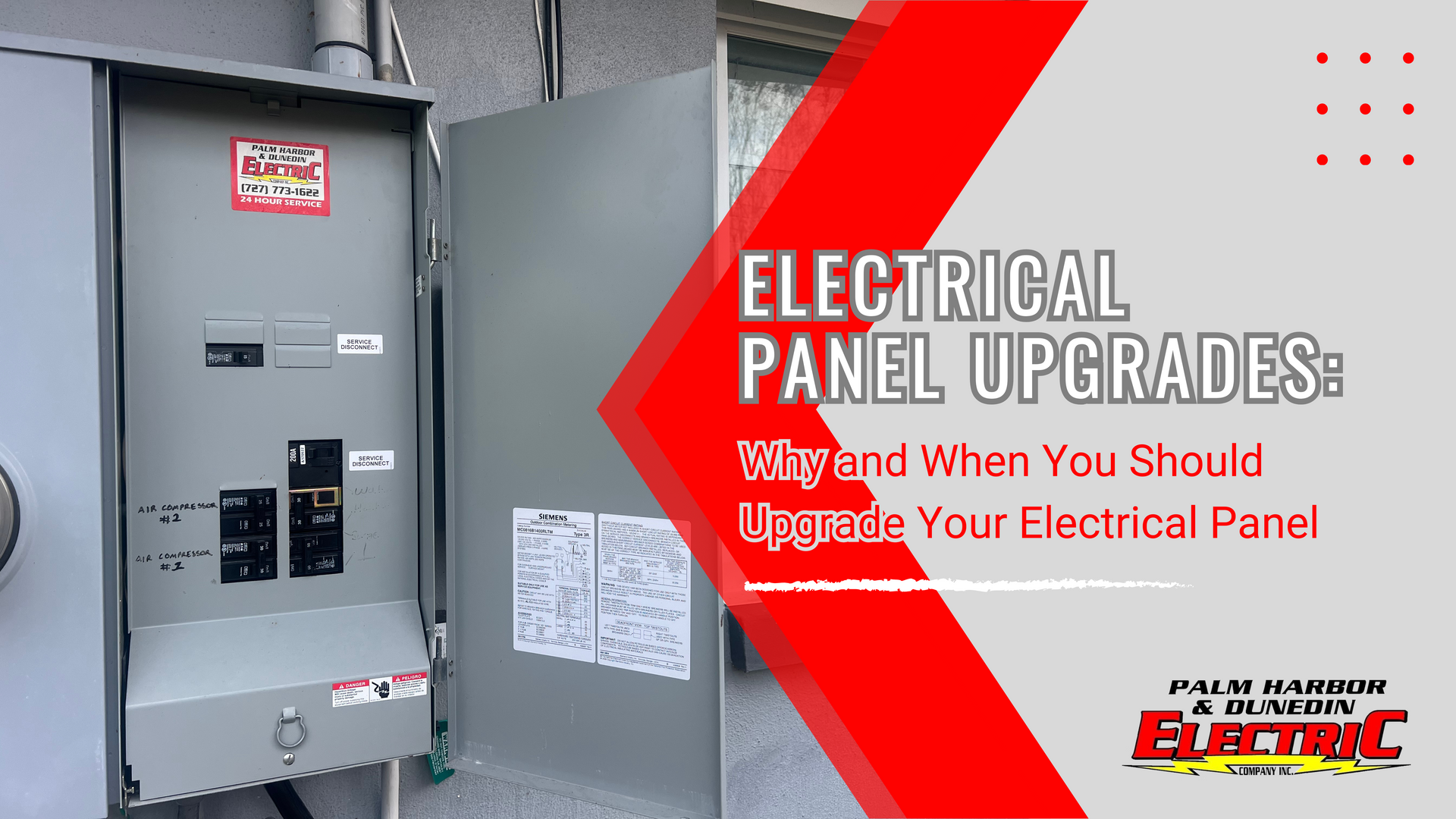
Why and When You Should Upgrade Your Electrical Panel As a homeowner, ensuring the safety and efficiency of your electrical system is paramount. One critical component that often requires attention is the electrical panel—the heart of your home's electrical system. At Palm Harbor & Dunedin Electric, we've been proudly serving the Pinellas area since 1987, offering expert electrical services designed to keep your home safe, efficient, and future-ready.
